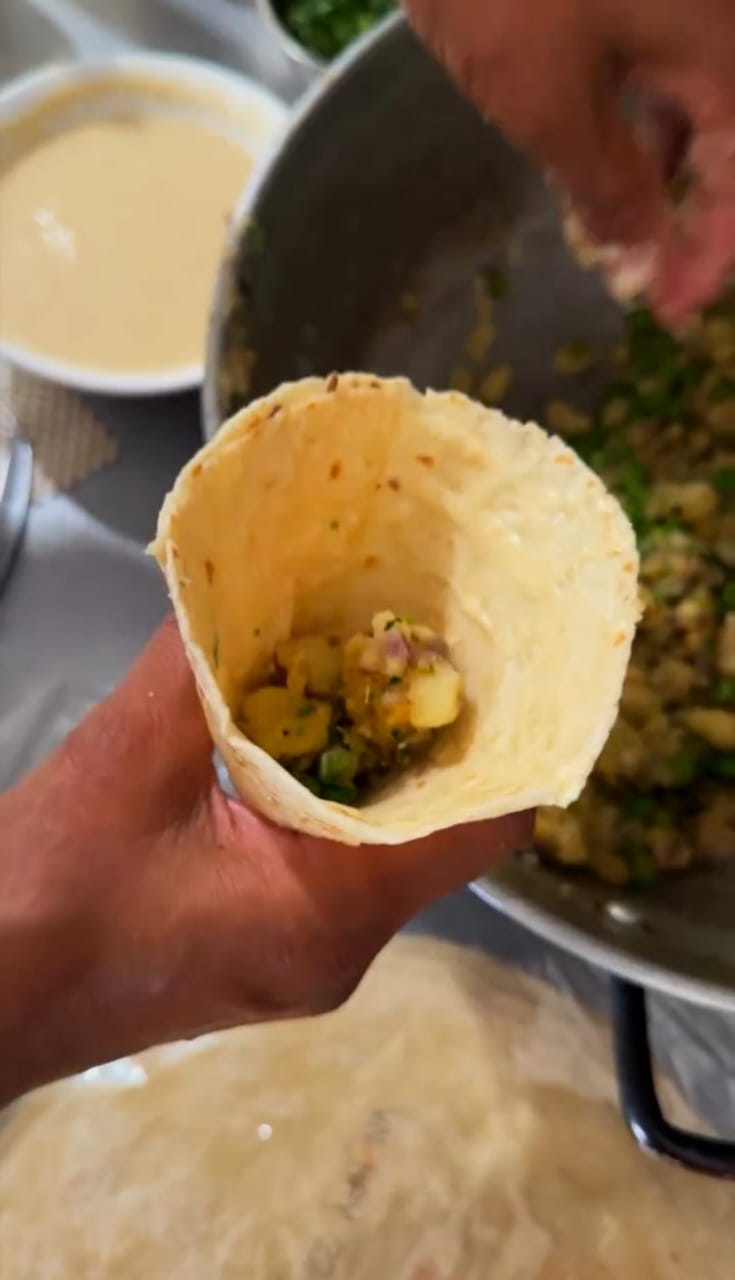Roti is a staple in Indian meals. A plate with dal, sabzi, and rice feels incomplete without it. Fresh, hot, and soft rotis are not just comforting but also good for health. Many people look for ways to make soft rotis, but they often overlook mistakes that can affect both taste and nutrition. If you want to get the most out of your roti, there are a few things to keep in mind. From kneading the dough to cooking and storing it, small missteps can make a big difference. Here are some common mistakes to avoid so that your rotis turn out just right - soft, tasty, and healthy for you and your family.
Also Read: 9 Pro Tips To Make Perfect Punjabi-Style Missi Roti At Home

Here Are 7 Common Mistakes While Making Plain Roti:
1. Using the Wrong Amount of Water for Kneading
The secret to a good roti starts with the dough. If it is too hard, the rotis turn out dry. If it is too soft, rotis become difficult to roll. The key is to add water gradually while kneading until the dough is medium soft. A well-kneaded dough ensures your rotis are light and fluffy.
2. Rolling Out Rotis Immediately After Kneading
Freshly kneaded dough may seem ideal, but rolling it out straight away can make rotis tough. Letting the dough rest for at least 10 minutes allows the gluten to develop, making it more elastic. This results in soft, pliable rotis that stay tender for longer.
3. Cooking Rotis Directly on the Flame
Many people place the roti directly over the flame to make it puff up. However, this practice can strip away essential nutrients and expose food to harmful chemicals from direct heat. The best way to cook rotis is on a tawa first, flipping them as needed, and then briefly placing them on the flame to puff up.
4. Using a Non-Stick Pan for Cooking Rotis
Non-stick pans may seem convenient, but they are not ideal for making rotis. Traditional iron tawas retain heat better, ensuring even cooking and giving the roti a natural flavour. An iron tawa also adds a small amount of iron to your food, which is beneficial for health.
5. Wrapping Rotis in Aluminium Foil
Many people wrap rotis in aluminium foil to keep them warm. However, aluminium can react with heat and food, which is not good for health. Instead, store rotis in a clean cotton cloth or an insulated container to keep them fresh without any risk.
6. Using Only Multigrain Flour for Rotis
Multigrain flour may seem like a healthier choice, but it does not suit everyone. Rotis made from multiple grains can be harder to digest for some people. If you have digestive issues, it is better to stick to wheat, jowar, bajra, or ragi rotis instead of using a mix.
7. Rolling Rotis Unevenly
An evenly rolled roti cooks properly and puffs up well. If it is too thick in some spots and too thin in others, it will cook unevenly. Use a rolling pin to flatten it evenly, keeping the same thickness throughout. This way, your rotis will cook perfectly on the tawa and turn out soft and fluffy.
Next time you make roti, keep these points in mind. A few small changes can make all the difference, ensuring your rotis are soft, delicious, and packed with nutrition.









